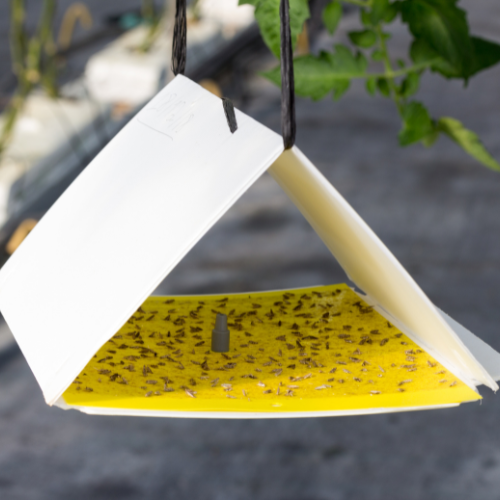
17 Jul Ultimate Pest Trap Guide
Trapping Pests Efficiently
Pest control is crucial in South Florida due to its warm climate and diverse ecosystem. Pests such as rodents and insects thrive here, making effective pest management essential for homeowners and business owners. One of the most reliable methods for controlling pests is using traps. This guide will explain how to use traps effectively, ensuring you can manage pest issues efficiently and humanely.
Snap traps are one of the most traditional and widely used types of traps. They work by using a quick-release mechanism that snaps down on the pest when triggered. These traps are especially effective for controlling rodents like mice and rats.
How They Work: Snap traps have a baiting platform and a spring-loaded bar. When the rodent steps on the platform to access the bait, the bar snaps down, killing the rodent instantly.
Pros and Cons: Snap traps are effective, reusable, and inexpensive. They provide a quick and humane way to control rodent populations. However, they must be placed correctly to avoid harming non-target animals or humans.
Glue and Live Traps
Glue traps are another popular option, particularly for smaller pests such as insects and mice. They consist of a sticky surface that traps pests when they walk across it.
How They Work: Glue traps are coated with a strong adhesive. When pests walk onto the trap, they become stuck and are unable to escape.
Pros and Cons: These traps are easy to use and dispose of, making them a convenient option for many people. However, they can be inhumane, as trapped pests may suffer before dying. Additionally, they can catch non-target animals, including pets.
Live-catch traps are designed to capture pests without harming them, allowing for their release back into the wild. These traps are often used for larger animals such as rodents and small mammals.
How They Work: Live-catch traps typically have a one-way door that allows pests to enter but not exit. Once inside, the pest is safely contained until it can be released.
Pros and Cons: These traps are humane and environmentally friendly. They allow for the release of non-target animals. However, they require regular monitoring and proper handling to ensure the safe release of captured animals.
Electronic and Specialized Traps
Electronic traps use a high-voltage shock to kill pests quickly and humanely. These traps are typically used for rodents.
How They Work: Pests enter the trap and trigger a sensor, which delivers a lethal electric shock. The shock kills the pest instantly.
Pros and Cons: Electronic traps are effective, quick, and humane. They are also easy to clean and reuse. However, they are more expensive than other types of traps and require batteries or a power source.
Specialized traps include pheromone traps, light traps, and other traps designed for specific pests. These traps use unique attractants to lure pests into the trap.
How They Work: Pheromone traps use chemical attractants to lure pests, while light traps use UV light to attract insects. Once inside, pests are either trapped or killed.
Pros and Cons: These traps are highly effective for specific pests. They can be used as part of an integrated pest management plan. However, they may not be effective for all types of pests and can be more expensive than general traps.
Identification and Trap Placement
Accurate pest identification is crucial for selecting the right trap. Different pests require different traps and bait.
Common Pests in South Florida: South Florida is home to various pests, including ants, termites, rodents, mosquitoes, and more. Knowing the specific pest you are dealing with will help you choose the most effective trap.
The severity of the infestation determines the type and number of traps needed. A minor infestation may require only a few traps, while a larger infestation may need multiple traps strategically placed.
Determining Infestation Size: Look for signs of pest activity, such as droppings, damage, and sightings. This will help you gauge the severity of the infestation.
Trap placement is critical for effectiveness. Consider the safety of children and pets when placing traps.
Selecting Trap Locations: Place traps in areas where pests are most active, such as along walls, near food sources, and in dark, secluded areas. Ensure traps are out of reach of children and pets.
Maximizing Trap Success
Proper placement of traps is key to their effectiveness. Pests often follow specific paths, so placing traps along these paths increases the chances of capture.
Tips for Placement: Place traps along walls, near entry points, and in areas where pests have been spotted. Use multiple traps for larger infestations to increase the chances of capture.
The right bait can make a significant difference in the effectiveness of traps. Different pests are attracted to different types of bait.
Best Practices for Baiting: Use food that is highly attractive to the pest you are targeting. For rodents, peanut butter, cheese, and chocolate are effective baits. For insects, consider using sweet or protein-based baits.
Regular monitoring and maintenance of traps are essential for ongoing effectiveness. Check traps frequently and dispose of captured pests promptly.
Proper Disposal and Re-Baiting: Remove captured pests and re-bait traps as needed. Clean traps regularly to maintain their effectiveness. Reset traps in areas with high pest activity.
Eliminating Pest Attractants
Pests are attracted to food, water, and shelter. Eliminating these attractants can help prevent infestations.
Managing Food Sources: Keep food stored in sealed containers and clean up spills promptly. Ensure garbage is disposed of properly and regularly.
Reducing Clutter: Clutter provides hiding spots for pests. Keep your home or business tidy and free of unnecessary items.
Prevent pests from entering your home or business by sealing entry points. This is a critical step in long-term pest control.
Identifying and Sealing Cracks: Inspect your property for cracks and openings. Seal them with caulk or other appropriate materials. Regularly inspect and maintain these seals to ensure they remain effective.
Conclusion
Using traps effectively for pest control requires knowledge and careful planning. By understanding the types of traps, selecting the right one, and following best practices for placement and maintenance, you can manage pest problems efficiently. Preventive measures and long-term solutions are also crucial to keeping pests at bay.
Pest Busterzz, a family-owned organic pest control company, is here to help South Florida residents and business owners with all their pest control needs. Our professional services are tailored to ensure your home or business remains pest-free. Contact us today for a consultation and take the first step toward a pest-free environment.



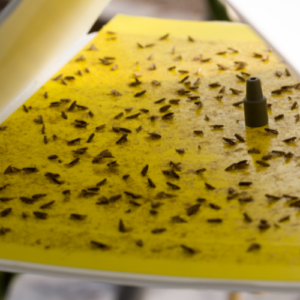
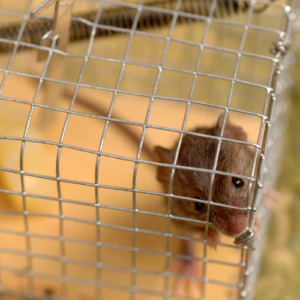
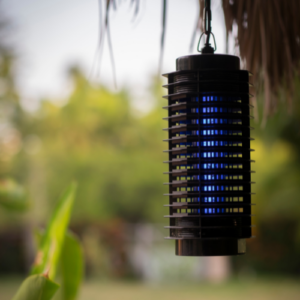
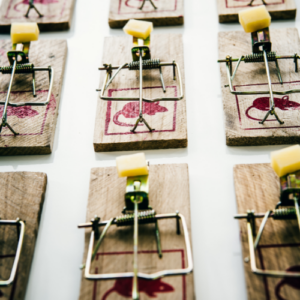
No Comments